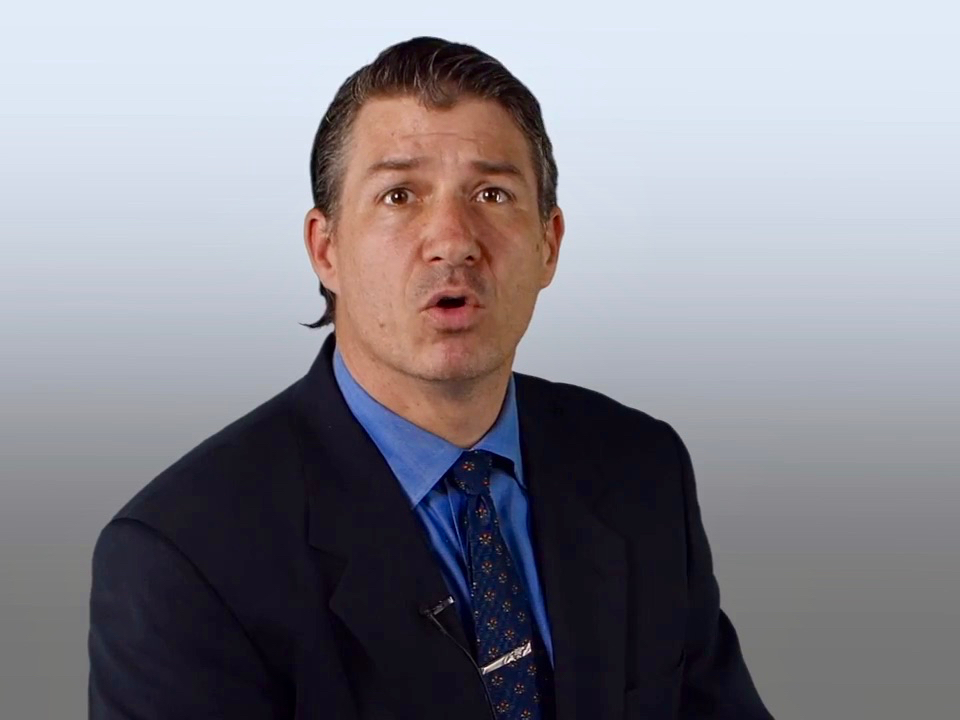The Karuk Tribe was among the first to raise questions. According to the tribe and some historical sources, one of the last known residents of the Ruffey Rancheria was Karuk. Frank Ruffy, also known as Old Man Ruffey, was the great-grandfather of Melbourne “Bud” Lester Smith, who is one of the oldest Karuk citizens. "He remembers Ole Man Ruffy as a comforting and wise man that never scolded him," the tribe's fall 2013 newsletter states of Smith's relationship to his storied ancestor. But other sources connect Old Man Ruffey to the Shasta, a neighboring people. Tahj Gomes, an attorney who serves as chairman of the present-day Ruffey Rancheria, was hailed as a promising young Shasta in the same book, Shasta Nation. The publication features a 1920s-era photo of Frank Ruffy, who "lived to be 115 and remembered the first white men to come to the valley," Indian Country Today reported. "The Ruffey Rancheria’s membership consists of the descendants of the historic Indian villages of central Siskiyou County, California, who have long intermarried, traded, and shared in an interconnected cultural and political life," Gomes said in his written testimony on H.R.3535 in which he described "Old Man Ruffey" as one of the leaders of the tribe. The House Subcommittee on Indian, Insular and Alaska Native Affairs took testimony on the bill last September. The Trump administration did not offer a concrete position, instead expressing a willingness to defer to Congress on federal recognition matters. "It is the department’s current position that affirmative Congressional recognition more directly aligns the formal recognition of tribes with the assignment of rights derived by the recognition decision," John Tahsuda, who serves as the Principal Deputy Assistant Secretary for Indian Affairs at the Department of the Interior, told the panel. The bill was introduced by Rep. Doug LaMalfa (R-California), the chairman of the subcommittee. After questions were raised by the Consolidated Tribes of Siletz Indians, his top staffer told the media in neighboring Oregon that a new version would limit the areas in which the Ruffey Rancheria could restore its homelands. But Chairman Russell "Buster" Attebery of the Karuk Tribe said a second hearing is needed to address additional concerns. “So far, the concerns that have been raised by area tribes that would have their rights and resources impacted have not been adequately addressed by Congressman LaMalfa,” Attebery. said in a press release on Wednesday. “Why the rush, and why so much secrecy?”
Primary documents show the federal government purchased 480 acres for "Etna and Ruffey's" in 1915. Some documents refer to the Indians living there as the "Etna Band of Indians," in addition to the Ruffey Rancheria. Just a few decades later, some 441 acres of the "Ruffeys Rancheria" were sold when Congress terminated the tribe's relationship with the United States, according to a notice published in the Federal Register on April 11, 1961. Despite the loss, the Karuk people maintained a connection to the land. "At the age of four, Bud, his mother Bessie, and his older brother Floyd moved to family property in Etna called Ruffy Flats," the 2013 newsletter states of Melbourne “Bud” Lester Smith, who stayed in Etna through high school. But the rancheria can't be exclusively claimed by one particular tribe, according to the Rufffey Rancheria's recently-updated website. The reservation was set aside for “Indians” who lived in and around Etna at the turn of the century -- including Chairman Gomes' ancestors. "My own great-grandfather was a member, as was his mother and his father, and our membership also includes direct lineal descendants of Old Man Ruffey himself," Gomes states in a "Setting the Record Straight" video.
Federal recognition bills are often controversial, usually because of opposition from the Bureau of Indian Affairs, which has established its own acknowledgment standards to examine the legitimacy of petitioning groups. The process, however, is not available to tribes whose status was terminated by Congress. In the past, Republican lawmakers opposed recognition bills, sometimes out of deference to the BIA but also due to concerns about increasing federal spending. But the political winds have shifted in recent years, with almost every acknowledgment bill being sponsored by a member of the GOP. The last recognition bill which became law was H.R.984, the Thomasina E. Jordan Indian Tribes of Virginia Federal Recognition Act. It was sponsored by a Republican from Virginia, where six tribes became recognized in January, some 400 years after they welcomed the first European settlers at Jamestown. Prior to H.R.984, the last stand-alone recognition bills became law during the mid-1990s, when Democrats controlled Congress and the White House. Two additional tribes gained legislative recognition in 2000 in a large "omnibus bill" that contained numerous other Indian Country provisions. The bill was signed into law by then-president Bill Clinton, a Democrat.Ruffey Rancheria Chairman Tahj Gomes sits down to answer frequently asked questions regarding efforts to restore the Rancheria. See for yourselves: https://t.co/vhYw6ntw3n
— RuffeyRancheria (@RuffeyRancheria) May 1, 2018
Join the Conversation
Related Stories
Ruffey
Rancheria federal recognition bill being changed amid casino fears (April 9,
2018)Ruffey Rancheria federal recognition bill raises fears of another casino (April 5, 2018)
Trump administration willing to defer to Congress in federal recognition matters (September 26, 2017)
New Trump hire at Bureau of Indian Affairs makes first appearance on Capitol Hill (September 25, 2017)
Key Republican revives bill to strip Bureau of Indian Affairs of recognition powers (September 21, 2017)

